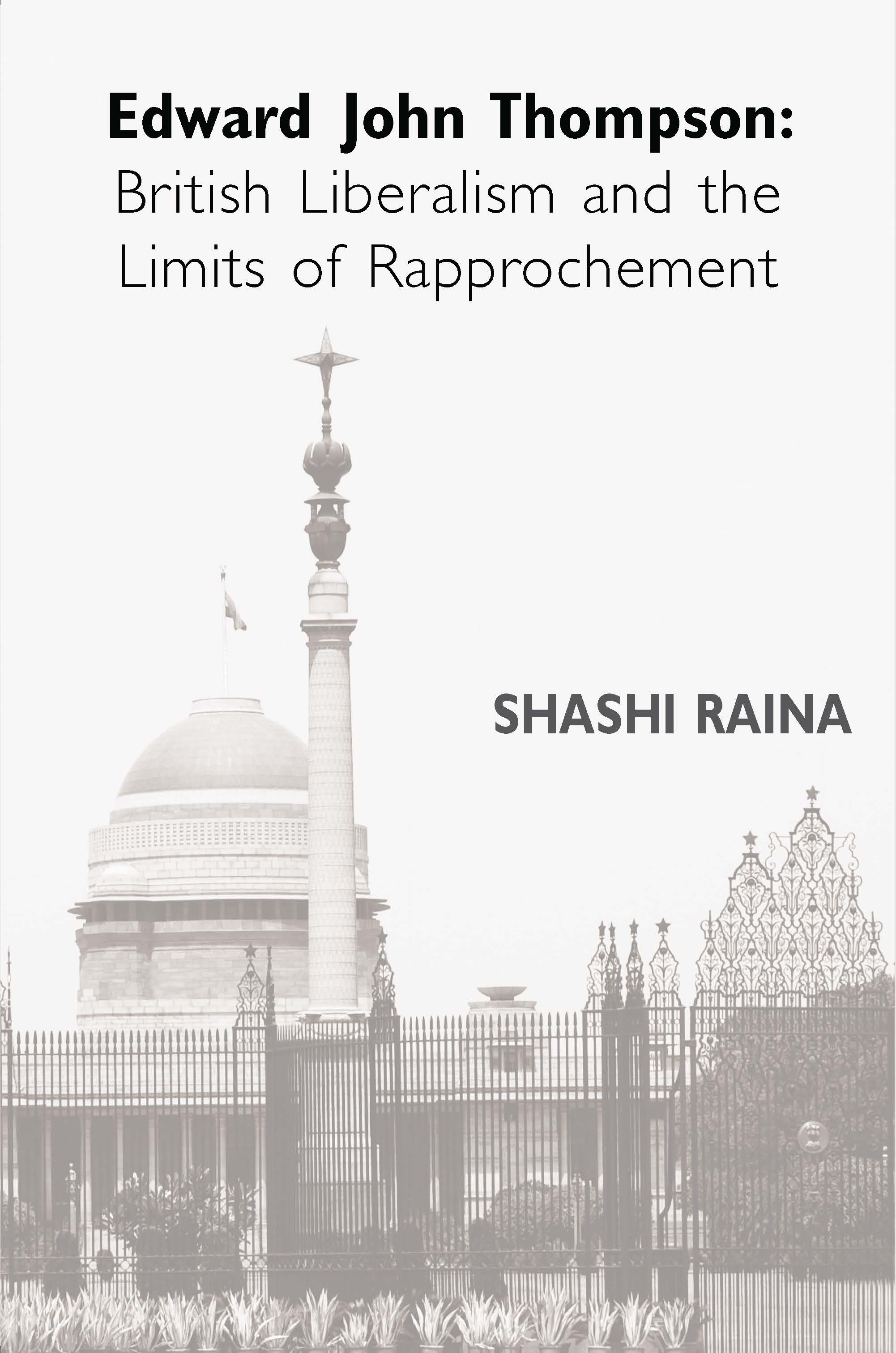On May 17, 2004, the stockmarket went into a tailspin. The one alleged reason for the panic was that the Left parties, supporting the Congress government from the outside, had suggested that the high-profile but controversial disinvestment ministry be scrapped. Needless to say, Prime Minister Manmohan Singh hasn't appointed a disinvestment minister—at least not till the time of going to press.
But why has disinvestment got such a bad name? Well, if there's one individual who has given privatisation in India a negative connotation, it's Arun Shourie. As the PM pointed out, by pursuing privatisation as an ideological commitment and not as a means of economic reform, Shourie alienated most politicians, not to mention ordinary working people. While mindlessly reposing faith in private enterprise as a panacea for all ills of industry, what has been delayed is the administration of much-needed medicine to revive many of the country's ailing PSUs.
Using certain yardsticks, efficiency levels are undoubtedly far higher in private firms than in PSUs. It is also nobody's case that state-owned firms should be baking bread, making bicycles or running hotels. Nor is one suggesting that the working of PSUs should not (or cannot) be improved. What has happened is that some of the best-managed, most-profitable PSUs have been sold for a song, the proceeds used to pay the salaries of our netas and babus and public monopolies replaced by family-dominated ones. This is why privatisation has become such a dirty word outside the chambers of commerce and the cloistered, cool cubicles of correspondents and editors of pink dailies.
Privatisation is meant to reduce the burden on the exchequer. Reality check: in the '90s, the profits of 130 profit-making PSUs went up 4.6 times, the losses of 106 loss-making PSUs increased 3.4 times and the total net profit of all 236 PSUs rose 6.6 times. The short point: the public sector as a whole does not drain the exchequer though, of course, quite a few individual PSUs do. True, the profits of the public sector come mainly from a few bigwigs like ONGC and IOC. True, PSUs have been treated like personal property of a powerful few. True, there are ready buyers for profitable PSUs while it is far tougher to rehabilitate loss-making ones.
Now come two rhetorical questions. Have adequate efforts been made to resuscitate white elephants among the PSUs? The jury is out on that one. Secondly, why has the government been unwilling to grant genuine autonomy to the managements of PSUs? Reason: Our politicians and bureaucrats don't want their fiefdoms to shrink.
Privatisation is meant to unlock resources for poverty alleviation, improving social services, creating jobs, developing backward areas, retiring public debt and so on. This has been stated many times over—in 1992 by Manmohan Singh in his avatar as finance minister; in 1997, in the first report of the Disinvestment Commission headed by G.V. Ramakrishna; and in 1999, by former FM Yashwant Sinha who repeated his words three years later. In December 2002, Shourie told the Lok Sabha that a Disinvestment Proceeds Fund would be set up. In February 2004, during the vote-on-account, Jaswant Singh said the fund "is expected to be operational from July 1, 2004." Waiting for Godot!
The amount earned through divestment exceeds Rs 25,000 crore which has disappeared into the Consolidated Fund of India. Ramakrishna calculated the funds could have been deployed to build 4 million houses, 1 million schools and still Rs 5,000 crore would have been left over to retire surplus PSU employees. Instead, the proceeds reduced the fiscal deficit by a niggardly 0.02 per cent. To use an analogy coined by the British Labour leader James Callaghan against Margaret Thatcher: we sold the family silver to pay the butler.
There is then the issue of valuation. One obvious case of under-valuation was when the Centaur Hotel near Mumbai's Santa Cruz airport was picked up by Batra Hospitality and resold to Sahara within four months at a price 35 per cent higher than the original purchase price—Rs 147 crore against Rs 115 crore. The biggest limitation of the valuation procedure is that the land owned by PSUs has not been valued on the specious plea that land does not yield "income". This view was criticised by an all-party parliamentary committee in April '02.
Privatisation in sectors dominated by the public sector can help consumers by infusing competition. But, in one industry segment, the opposite has happened. When Reliance took over the management of IPCL in May 2002, a private monopoly was created. The Ambani family-promoted group currently controls more than three-fourth of the country's market for most petrochemical products.
Shourie unsuccessfully sought to run roughshod over his critics, including cabinet colleagues like George Fernandes and Ram Naik. He wanted to privatise HPCL. The SC intervened. He tried to split IOC. He failed. Shourie failed to impress most, barring a few gullible financial journalists.
Instead of adopting the strategic sale route involving a change in management, the Vajpayee government would have achieved greater consensus if it had gone in for more public offers, as it did in the case of Maruti and ONGC. The current government can do the same for it'll be better if the assets that belong to the people of this country are returned to them through divestment offers to the public at large.


